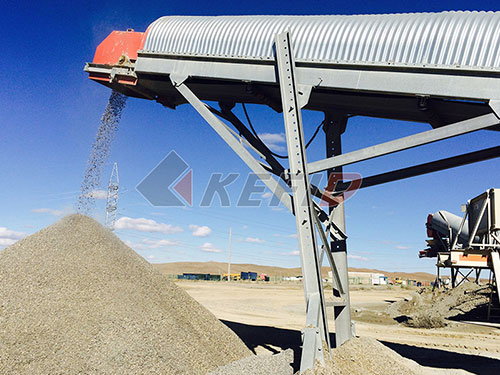Demystifying the Capacity of the Lippmann 3650 Jaw Crusher: A Deep Dive into Performance Factors
In the demanding world of aggregate production and mining, selecting the right primary crushing equipment is paramount to operational success and profitability. Amongst the heavyweights in large-scale jaw crushing stands the Lippmann 3650. Renowned for its robust construction and high throughput potential, one question consistently arises: What is the capacity of a Lippmann 3650 Jaw Crusher?
The answer, crucial for planning and investment decisions, is inherently complex: There is no single, definitive capacity figure. Instead, understanding the Lippmann 3650’s potential output requires delving into its specifications and appreciating the multitude of variables that influence its real-world performance.

Understanding the Lippmann 3650: A Primary Crushing Powerhouse
Before dissecting capacity, it’s essential to grasp what defines this machine:
Massive Size: As one of Lippmann’s largest jaw crushers (alongside models like the 3862), it features a substantial feed opening measuring 50″ x 65″ (1270 mm x 1651 mm).
Robust Construction: Built with heavy-duty components – massive cast steel pitman assembly, large spherical roller bearings, heavy ribbed frame – designed for longevity under extreme conditions.
Deep Crushing Chamber: The deep chamber profile allows for effective nip angle control and enhanced material flow.
High Inertia Flywheels: Large flywheels store kinetic energy crucial for consistent crushing force throughout each stroke cycle.
Hydraulic Adjustment: Allows operators to quickly and safely change the Closed Side Setting (CSS) while under load or at rest.
Hydraulic Toggle Relief System: Provides automatic overload protection against tramp iron or uncrushable objects.

Specifications Influencing Capacity Potential:
1. Feed Opening Size: The vast 50″ x 65″ opening dictates the maximum lump size it can accept – theoretically up to ~48″-50″ minus (~1220 mm – ~1270 mm), though practical feeding often targets smaller top sizes.
2. Crushing Chamber Geometry: The deep chamber profile impacts nip angle efficiency and material flow characteristics through different CSS settings.
3. Drive Power: Typically powered by a high-horsepower electric motor (commonly in the range of 300 HP / ~225 kW), providing significant crushing force.
4. Stroke Characteristics:

Leave a Reply